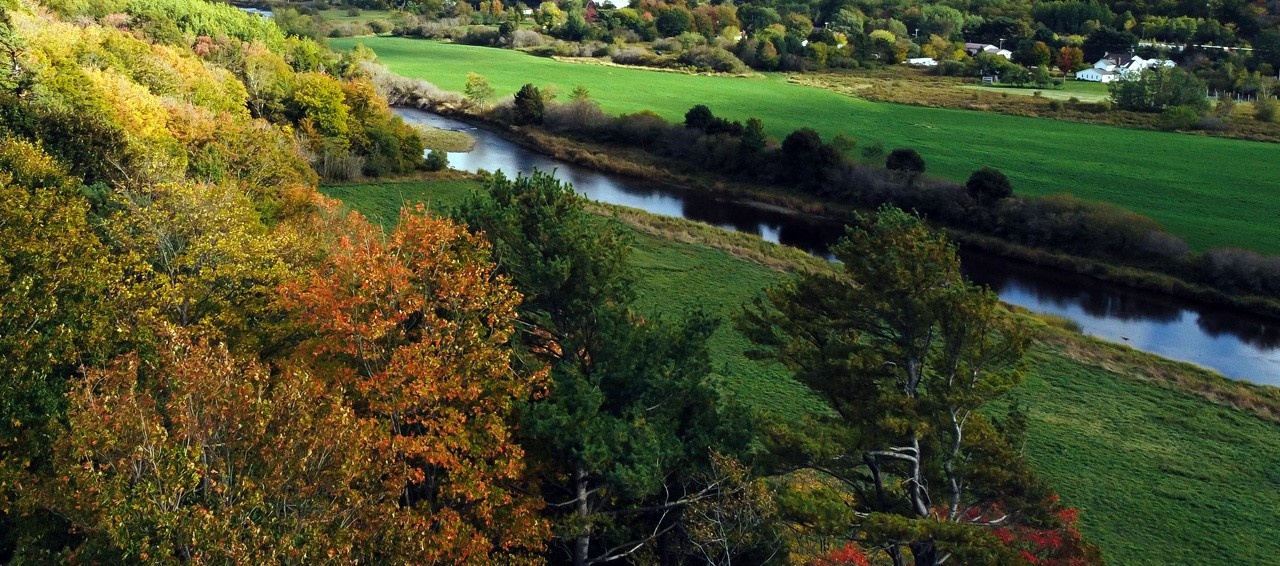News
» Go to news mainMEOPAR Meeting Ocean Challenges Via New Early‑Career Researcher Projects
The Marine Environmental Observation, Prediction and Response (MEOPAR) network is pleased to announce the addition of 12 new research projects to our national network. These projects align with our overall goal of improving Canada’s ability to manage and respond to risk in the marine environment.
“Early-career researchers are overflowing with ideas and enthusiasm,” says Dr. Douglas Wallace, MEOPAR’s Scientific Director. “Yet getting a research program off the ground can be challenging: someone has to give you a chance. MEOPAR is delighted to support these excellent researchers and their innovative projects. Their integration into MEOPAR's existing network of established researchers and projects will be of great mutual benefit.”
Hosted at Dalhousie University, MEOPAR is funded by the Government of Canada’s Networks of Centres of Excellence Program.
MEOPAR’s Early-Career Faculty Development Program has a budget of $1.2 million to support 12 projects led by researchers across Canada including Haibo Niu, Department of Engineering, Dalhousie University (Truro Campus)
Haibo Niu was awarded $84,000 for his research focussed on improving oil spill models to support environmental emergency response and chemical dispersant use policy development.
Project Summary
Increased oil and gas activity in Canada raises the risk of marine oil spills. The recent Deepwater Horizon disaster has shown that it is vital that a reliable deep-water oil spill model be available to predict the trajectory of oil.
This project will develop a new, three dimensional, subsurface, oil blowout model to provide more accurate information on when, where and how much oil will surface and what the thickness of the oil slick will be.
Chemical dispersant application can be a highly effective oil spill response tool, but the window of opportunity for the usefulness of dispersant could be missed due to delayed decision making. This project will use the model to study the fate of oil with and without chemical dispersant application in Eastern Canada and thereby (a) facilitate rapid decision-making on whether or not to use chemical dispersant during an oil spill at sea, and (b) help to improve the dispersant use policy
Anticipated Outcomes
The end product deep-water oil spill Modelling tool could be used by government agencies (such as Fisheries and Oceans Canada, the Canadian Coast Guard, and oil and gas producers) to assess the potential environmental impacts of subsurface oil spills, and to allocate the limited response resources more effectively during spill cleanup. The results will also help regulatory agencies, such as CNLOPB and CNSOPB to improve their dispersant use policy.
Confirmed Partners and End-users: Fisheries and Oceans Canada, Bedford Institute of Oceanography
Recent News
- Friend of the Faculty Award 2024
- Early Career Teaching Excellence Award
- Expression of Interest ‑ Extended Learning.
- Cultivating connections from Italy to Canada
- Celebrating research in Agriculture during Lifting Nova Scotia
- Truro Start program just the right fit
- Convocation Reception ‑ Please join us to celebrate the Class of 2024!
- Dal's FREE Ocean Community Day – May 11
